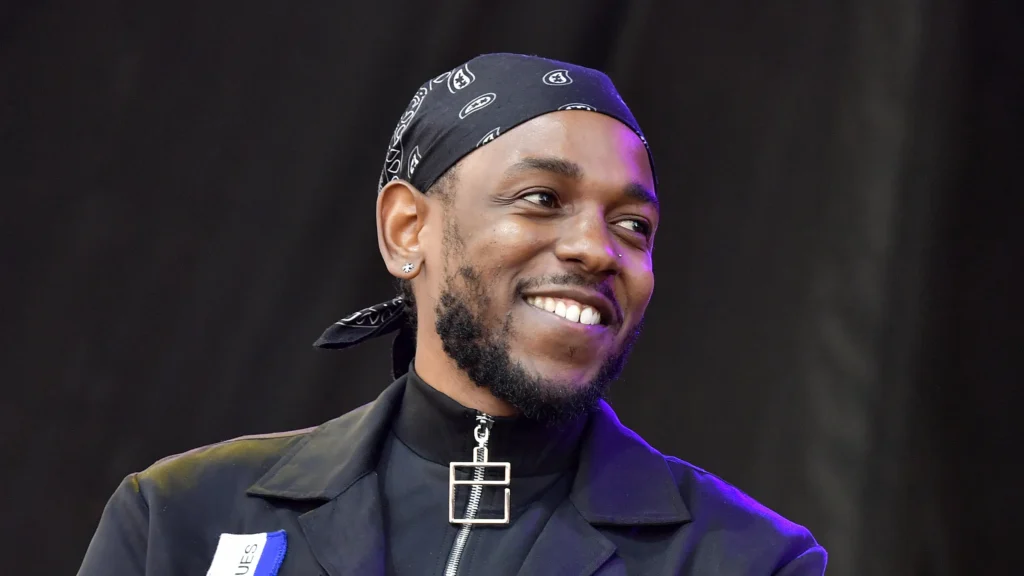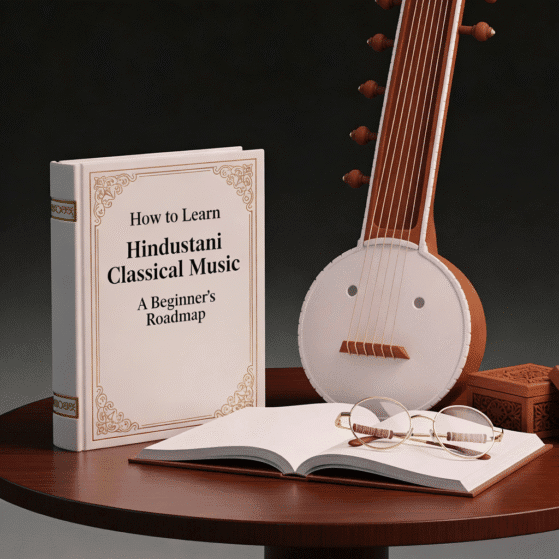How Kendrick Lamar Revolutionized Hip-Hop Storytelling
Hip-hop has always been a genre that values storytelling. From the early days of rap battles to modern-day concept albums, the best artists have used their words to paint vivid pictures of life, struggle, and triumph. However, very few have elevated hip-hop storytelling to the level of an art form quite like Kendrick Lamar. His ability to craft compelling narratives, intertwining personal experiences with broader social and political themes, has set him apart as one of the greatest lyricists of all time.
Kendrick Lamar’s music is more than just entertainment. His lyrics are layered with deep meaning, tackling issues such as systemic racism, poverty, mental health, and personal growth. He does not just rap about these topics; he creates immersive experiences that allow listeners to step into his world. His albums feel like novels or films, with each track playing a role in a larger story.
Beyond his storytelling ability, Kendrick Lamar’s impact on hip-hop culture is undeniable. He has inspired a new generation of artists to focus on meaningful, thought-provoking lyrics. His influence extends beyond music, reaching into activism, literature, and even academia. In this blog, we will explore how Kendrick Lamar revolutionized hip-hop storytelling by examining his early influences, his unique approach to lyricism, and the impact of his albums.
Early Life and Musical Foundations Of Kendrick Lamar
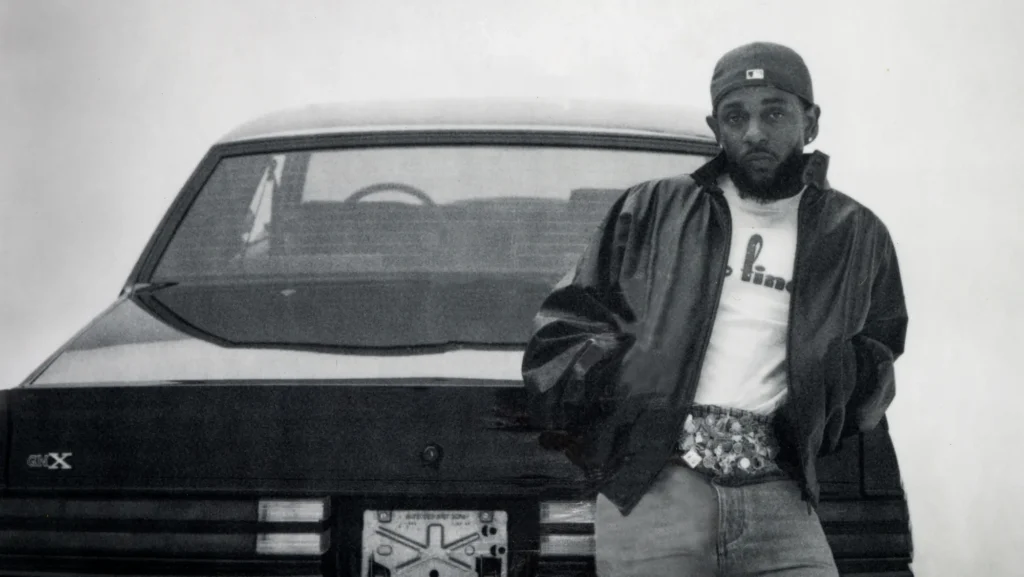
Before Kendrick Lamar became one of the most influential artists in hip-hop, he was just a kid growing up in Compton, California. His environment, experiences, and early influences all played a major role in shaping his storytelling ability.
Growing Up in Compton
Kendrick Lamar Duckworth was born on June 17, 1987, in Compton, California—a city known for its deep-rooted connection to hip-hop. Compton was home to legendary artists like N.W.A, Dr. Dre, and DJ Quik, all of whom played a role in shaping the West Coast rap scene. However, it was also a city marked by gang violence, police brutality, and economic struggle. These harsh realities shaped Kendrick’s worldview and later became central themes in his music.
Despite the challenges of growing up in Compton, Kendrick found inspiration in the world around him. He witnessed both the beauty and the pain of his community. His early exposure to storytelling came not only from music but also from real-life experiences. The people around him—family members, friends, and local figures—became characters in his songs. His ability to observe and translate these moments into powerful narratives became one of his greatest strengths as an artist.
Musical Inspirations and Influences
Kendrick’s love for hip-hop started at a young age. He grew up listening to artists who were known for their deep, thought-provoking lyrics. Among them, Tupac Shakur had the biggest impact on him. Kendrick often refers to Tupac as his biggest inspiration, not just musically but also philosophically. He admired how Tupac blended personal storytelling with social commentary, a technique that would later define Kendrick’s own style.
Other major influences included Jay-Z, Nas, and The Notorious B.I.G. From Jay-Z, he learned the importance of lyricism and clever wordplay. Nas introduced him to detailed storytelling, where each verse painted a picture. The Notorious B.I.G.’s ability to deliver vivid narratives about street life also played a role in shaping Kendrick’s approach to rap.
However, Kendrick’s influences were not limited to hip-hop. He drew inspiration from jazz, spoken-word poetry, and even literature. His ability to incorporate different artistic styles into his music set him apart from many of his peers.
Kendrick Lamar’s First Steps in the Industry
Kendrick Lamar’s journey in the music industry began under the stage name K.Dot. He released a series of mixtapes that showcased his raw talent and lyrical ability. These early projects gained attention in the underground rap scene, eventually leading him to sign with Top Dawg Entertainment (TDE), an independent record label based in California.
His breakthrough came with the release of Overly Dedicated in 2010. The mixtape demonstrated his ability to blend introspective lyrics with socially conscious themes. It caught the attention of hip-hop veterans like Dr. Dre, who saw the potential in Kendrick’s storytelling skills. Shortly after, Kendrick signed a deal with Aftermath Entertainment and Interscope Records, setting the stage for his rise to mainstream success.
With the foundation set, Kendrick Lamar was ready to take hip-hop storytelling to the next level.
The Art of Storytelling in Kendrick Lamar's Albums
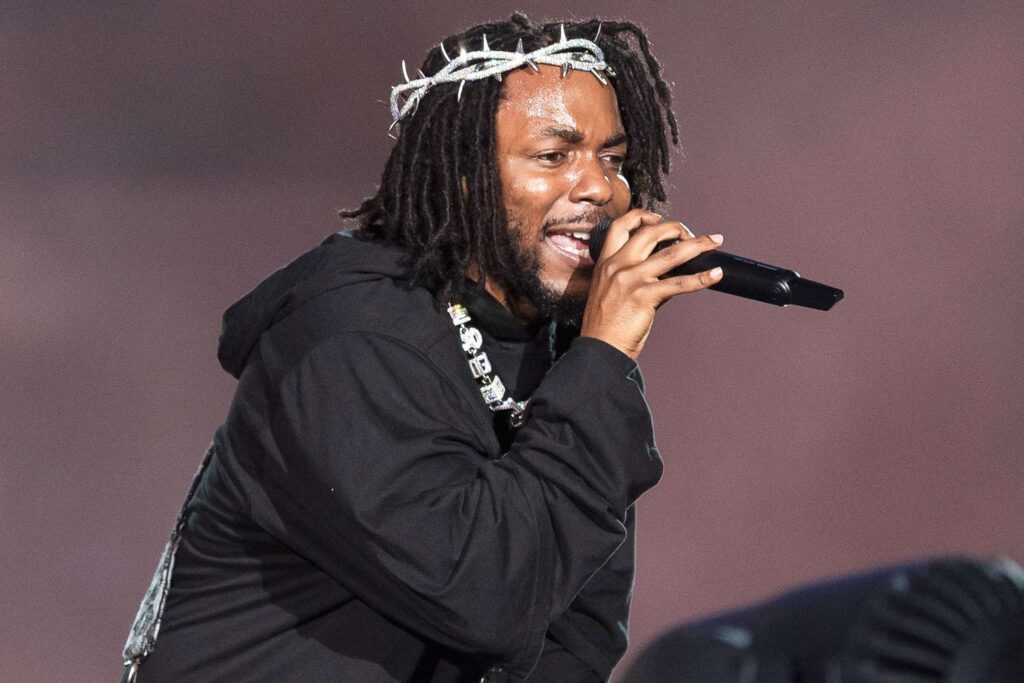
Kendrick Lamar’s storytelling is at the heart of his music. Each of his albums presents a unique narrative, often structured like a film or novel. His ability to weave together complex themes, personal experiences, and social issues has made his work some of the most respected in modern hip-hop.
” Section.80″ | The Foundation of His Narrative Style
Kendrick Lamar’s first studio album, Section.80 (2011), introduced listeners to his unique storytelling approach. The album explored the struggles of a generation born in the 1980s, dealing with themes of drug addiction, poverty, and systemic oppression.
One of the most striking songs on the album, Keisha’s Song (Her Pain), tells the tragic story of a young woman trapped in the cycle of sex work. Through vivid storytelling, Kendrick paints a heartbreaking picture of her life, exposing the harsh realities that many young women face.
Section.80 was an important step in Kendrick’s career. It established him as a rapper who was not just focused on making hits but on telling stories that mattered. The album laid the foundation for the ambitious storytelling seen in his later projects.
good kid, m.A.A.d city | A Cinematic Masterpiece
Released in 2012, good kid, m.A.A.d city was the album that made Kendrick Lamar a household name. The album is often described as a “short film” because of its narrative-driven structure. It tells the semi-autobiographical story of Kendrick’s teenage years in Compton, following his journey through peer pressure, violence, and self-discovery.
The album is filled with vivid storytelling. Backseat Freestyle captures the reckless ambitions of youth, while Swimming Pools (Drank) critiques alcohol abuse and peer pressure. One of the most powerful tracks, Sing About Me, I’m Dying of Thirst, tells the story of friends and family members affected by violence and crime.
What makes good kid, m.A.A.d city unique is its use of skits and interludes. These elements connect the songs, creating a continuous narrative that unfolds like a movie. The album’s storytelling, combined with its cinematic production, solidified Kendrick’s reputation as one of the most innovative artists in hip-hop.
To Pimp a Butterfly | A Political and Personal Statement
Kendrick Lamar’s 2015 album, To Pimp a Butterfly, took his storytelling to new heights. The album mixed hip-hop with jazz, funk, and spoken-word poetry to explore themes of racial identity, fame, and self-worth.
The album’s storytelling was deeply layered. Alright became an anthem for the Black Lives Matter movement, offering hope and resilience in the face of oppression. How Much a Dollar Cost tells a thought-provoking story about an encounter with a homeless man, revealing deeper themes of morality and greed.
In To Pimp a Butterfly, Kendrick did not just tell personal stories—he told the story of an entire generation. The album’s complex narrative and social commentary cemented his legacy as a master storyteller |
Social Commentary and Cultural Impact
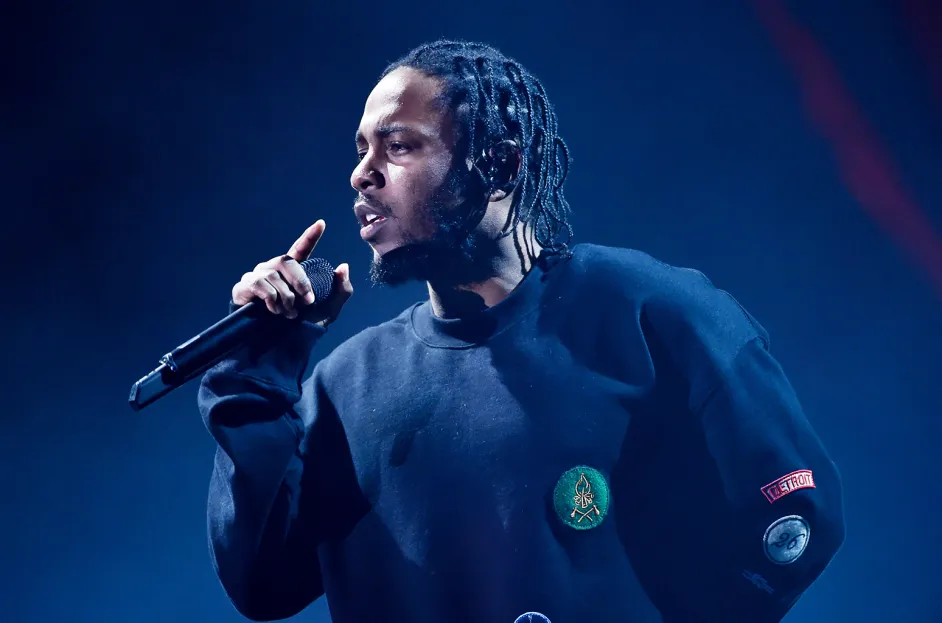
One of the most defining aspects of Kendrick Lamar’s storytelling is his ability to weave social commentary into his music. His songs are not just personal narratives; they also reflect broader cultural and political themes. He addresses systemic racism, economic struggles, mental health, and the realities of Black life in America with unflinching honesty.
Addressing Systemic Racism and Injustice
Kendrick Lamar has consistently used his platform to shine a light on the injustices faced by marginalized communities. His 2015 song Alright became a protest anthem for the Black Lives Matter movement. The track speaks of perseverance and hope in the face of oppression, with lyrics like:
“We gon’ be alright.”
This simple phrase became a rallying cry during protests against police brutality. The song’s impact extended beyond music, becoming a cultural statement about resilience and resistance.
Another example is The Blacker the Berry, a powerful song in which Kendrick addresses racial identity, self-hatred, and violence within Black communities. The song’s raw and unapologetic lyrics challenge listeners to reflect on the deep-rooted issues of racism and self-perception in America.
Mental Health and Personal Struggles
Unlike many rappers who present themselves as invincible, Kendrick Lamar is open about his struggles with self-doubt, anxiety, and depression. His music frequently explores themes of mental health, making it more relatable to listeners who face similar battles.
In U from To Pimp a Butterfly, Kendrick raps about his lowest moments, battling suicidal thoughts and feelings of self-loathing. The track serves as a contrast to i, which is an uplifting anthem about self-love and empowerment. This duality shows the complexity of human emotions and the journey toward self-acceptance.
His openness about mental health has helped break the stigma around these issues in the hip-hop community. By discussing his own struggles, Kendrick encourages others to acknowledge and address their mental health challenges.
Religion and Spirituality in His Lyrics
Faith plays a significant role in Kendrick Lamar’s music. His lyrics often reference biblical themes, questioning morality, destiny, and redemption. In DAMN., Kendrick explores spirituality through songs like FEAR., GOD., and DUCKWORTH., where he reflects on divine intervention in his life.
One of his most compelling spiritual narratives is How Much a Dollar Cost. The song tells the story of Kendrick encountering a homeless man who asks for money. Kendrick refuses, only to realize later that the man represents God testing his compassion. This parable-like storytelling adds another dimension to his lyricism, proving that his music is not just about entertainment but also about deeper moral and philosophical questions.
Kendrick Lamar | Breaking Boundaries in Hip-Hop
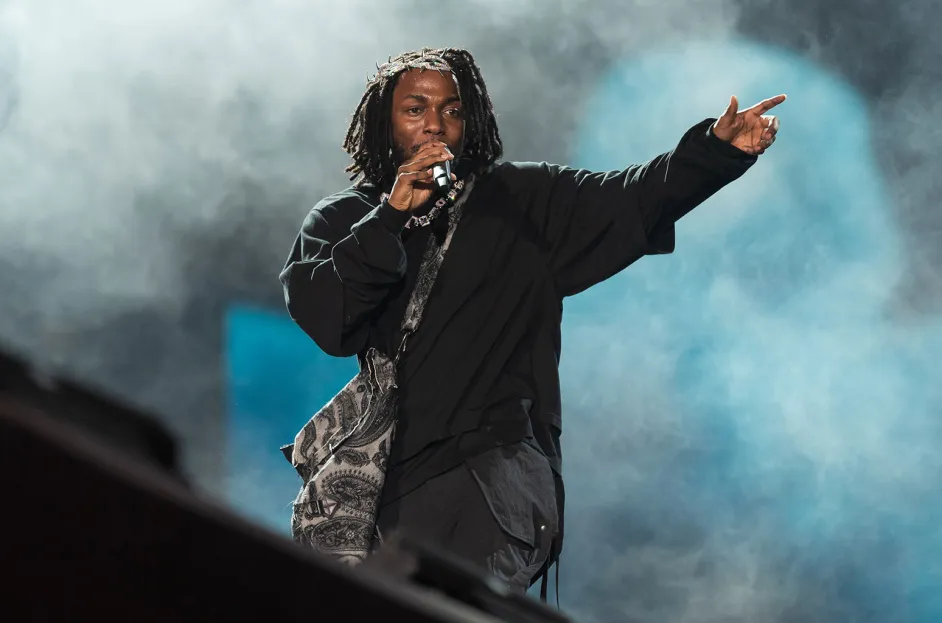
Kendrick Lamar has never been afraid to push the boundaries of hip-hop. Whether through innovative production, unconventional song structures, or blending different musical genres, he continuously redefines what hip-hop can be.
Experimenting with Sounds and Styles
From jazz-infused instrumentals in To Pimp a Butterfly to the minimalist beats in DAMN., Kendrick Lamar refuses to be confined to one sound. He seamlessly blends different genres into his music, drawing inspiration from funk, soul, and even rock. His use of live instrumentation, spoken-word poetry, and experimental production has made his albums feel unique and groundbreaking.
For example, To Pimp a Butterfly features heavy jazz influences, with contributions from artists like Thundercat and Kamasi Washington. Songs like For Free? (Interlude) showcase Kendrick’s ability to merge spoken-word poetry with jazz rhythms, creating a new and refreshing take on hip-hop.
Concept Albums as a Narrative Medium
One of the biggest ways Kendrick Lamar revolutionized hip-hop storytelling is through his use of concept albums. Unlike standard albums, which often contain unrelated songs, Kendrick’s albums follow structured narratives, making them feel more like movies or novels.
good kid, m.A.A.d city tells the story of Kendrick’s teenage years in Compton, with skits and interludes that guide the listener through his journey. To Pimp a Butterfly presents a broader narrative about fame, identity, and racial consciousness, using recurring themes and poetic monologues. DAMN. takes an even more ambitious approach, where the tracklist can be played in reverse order to reveal a different storyline.
This approach challenges listeners to engage with his music on a deeper level. His albums are not just collections of songs but carefully crafted stories that reward repeated listens.
Kendrick Lamar’s Impact on the Industry and Future Generations
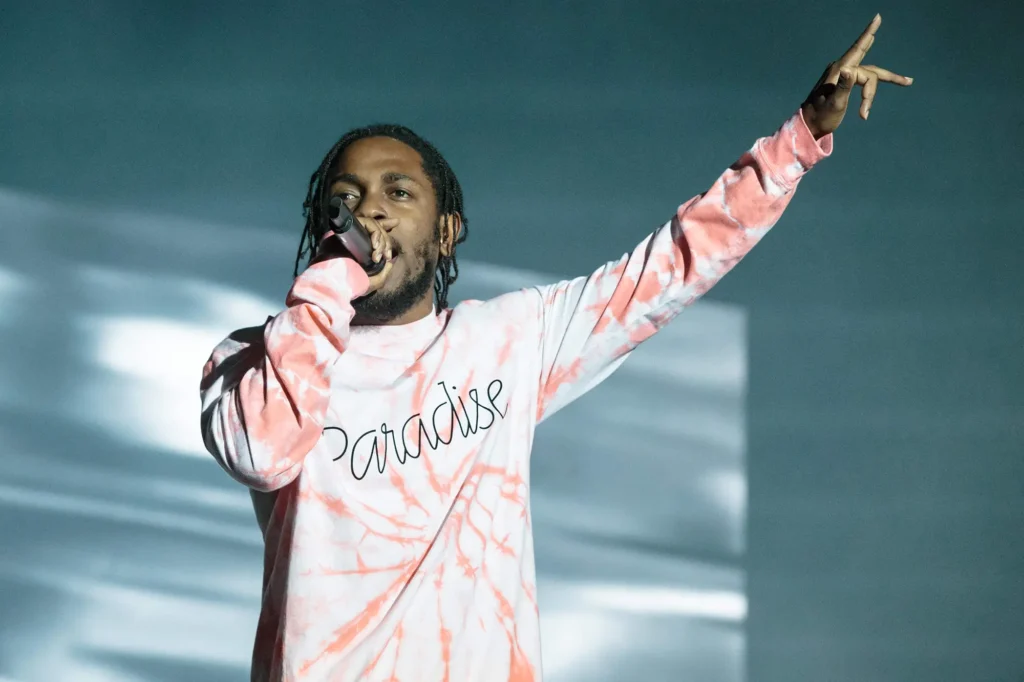
Kendrick Lamar’s influence extends beyond his own music. He has inspired a new generation of artists to prioritize storytelling, authenticity, and social awareness in their work.
Inspiring the Next Generation of Rappers
Many modern hip-hop artists cite Kendrick Lamar as a major influence. Rappers like J. Cole, Joey Bada$$, Denzel Curry, and Cordae have followed his path, using their music to tell deep, meaningful stories rather than focusing solely on commercial success.
Kendrick’s impact can be seen in the growing trend of introspective and politically conscious rap. More artists are choosing to address real-world issues, breaking away from the stereotypical themes of wealth and materialism often found in mainstream hip-hop.
Winning Awards and Critical Acclaim
Kendrick Lamar’s storytelling ability has earned him widespread recognition. He has won multiple Grammy Awards, including Best Rap Album for To Pimp a Butterfly and DAMN.. However, his biggest achievement came in 2018 when he became the first rapper to win the Pulitzer Prize for Music.
This historic win signified that hip-hop, once dismissed as a rebellious genre, had reached the highest level of artistic recognition. It also solidified Kendrick’s reputation as one of the greatest lyricists of all time.
Kendrick Lamar’s Contributions to Other Art Forms
Beyond music, Kendrick has expanded his storytelling into other art forms. He was the executive producer of the Black Panther movie soundtrack, curating an album that blended African influences with modern hip-hop. Songs like All the Stars and King’s Dead further showcased his ability to create cinematic and thematic music.
His work has also been studied in academic settings. Universities and scholars have analyzed his lyrics for their poetic and sociopolitical depth, proving that his impact goes far beyond the music industry.
The Lasting Legacy of Kendrick Lamar
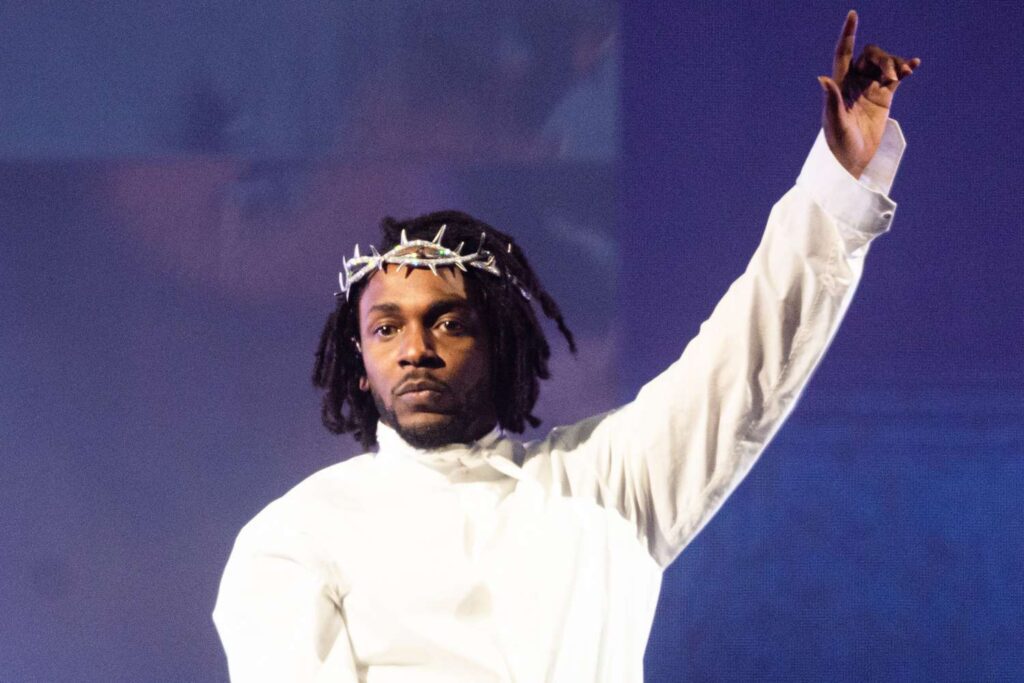
Kendrick Lamar’s impact on hip-hop is not just about his success but about how he changed the way stories are told in the genre. His influence goes beyond music charts and awards—his artistry has shaped the evolution of hip-hop itself. By blending personal narratives with social commentary, he has created a blueprint that future artists will follow for years to come.
Kendrick Lamar | A Storyteller Who Transcends Music
While many rappers focus on lyrical skill or commercial success, Kendrick Lamar stands apart as a true storyteller. His music is deeply layered, weaving together emotions, historical context, and personal experiences to craft vivid narratives.
He does not just rap about success or struggle—he paints pictures of life in Compton, battles with self-doubt, and the complexities of racial identity. His storytelling makes listeners feel like they are walking alongside him, experiencing his journey firsthand.
His influence extends beyond music because his lyrics resonate with people from all walks of life. Whether someone relates to his struggles with mental health, his reflections on spirituality, or his critiques of systemic injustice, there is something deeply human in his music that makes it universally powerful.
The Future of His Influence
Kendrick Lamar’s influence will not end with his current body of work. His style has already inspired a new generation of artists who prioritize substance over superficiality. Rappers like J. Cole, Joey Bada$$, Denzel Curry, and Cordae have embraced the idea that rap can be both artistic and socially conscious.
Beyond individual artists, the entire hip-hop industry has felt Kendrick’s influence. Albums are becoming more conceptual, and lyrics are becoming more introspective. Record labels and audiences are now more receptive to rappers who tell deep, meaningful stories rather than just focusing on club hits.
His impact also extends to academia. Kendrick Lamar’s music has been studied in college courses, analyzed for its poetic depth, and used in discussions about race, politics, and social justice. His Pulitzer Prize win was a testament to the fact that hip-hop is not just entertainment—it is art worthy of critical study.
Why Kendrick Lamar’s Legacy Matters
Kendrick Lamar’s legacy is significant because he has proven that hip-hop can be a powerful tool for change. He has shown that rap music can educate, challenge, and inspire. His ability to combine deeply personal struggles with broader societal issues makes his work timeless.
In an industry where trends come and go, Kendrick Lamar’s impact remains strong. His music will continue to shape conversations, influence artists, and push the boundaries of what hip-hop can achieve.
What’s Next for Kendrick Lamar?
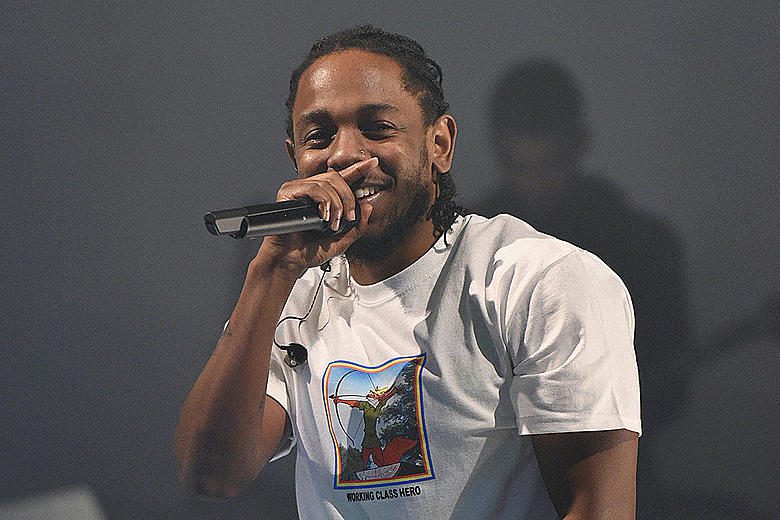
With an already legendary career, the question remains: What’s next for Kendrick Lamar? Fans eagerly anticipate each new release, knowing that he always brings something fresh and unexpected to the table.
New Projects and Artistic Evolution
Kendrick has consistently evolved with each album, never repeating the same sound or themes. His last studio album, Mr. Morale & The Big Steppers, took a more introspective approach, diving into therapy, trauma, and personal growth. This suggests that his next project will likely explore new ideas, further pushing the boundaries of hip-hop storytelling.
While Kendrick remains relatively private, there are rumors of upcoming collaborations and new music. Given his history, it is likely that his next album will continue to break new ground, both musically and thematically.
Expanding Beyond Music
Kendrick Lamar has already expanded beyond traditional music by working on films, producing soundtracks, and exploring other creative projects. His involvement in the Black Panther soundtrack showcased his ability to curate cinematic music that enhances storytelling.
There is also speculation that he may venture further into filmmaking or literature. His narrative-driven style could translate well into screenwriting, documentaries, or even novels. Given his talent for crafting compelling stories, the possibilities are endless.
The Influence He Will Leave Behind
Regardless of what Kendrick Lamar does next, his influence on hip-hop storytelling is already cemented. He has proven that rap can be as powerful as literature or cinema in conveying deep messages. His work will continue to inspire not only musicians but also writers, filmmakers, and activists.
As the world changes, so will the way stories are told. However, Kendrick’s impact will remain as a reminder that music can be more than entertainment—it can be a voice for the voiceless, a mirror to society, and a testament to the power of storytelling.
Final Thoughts
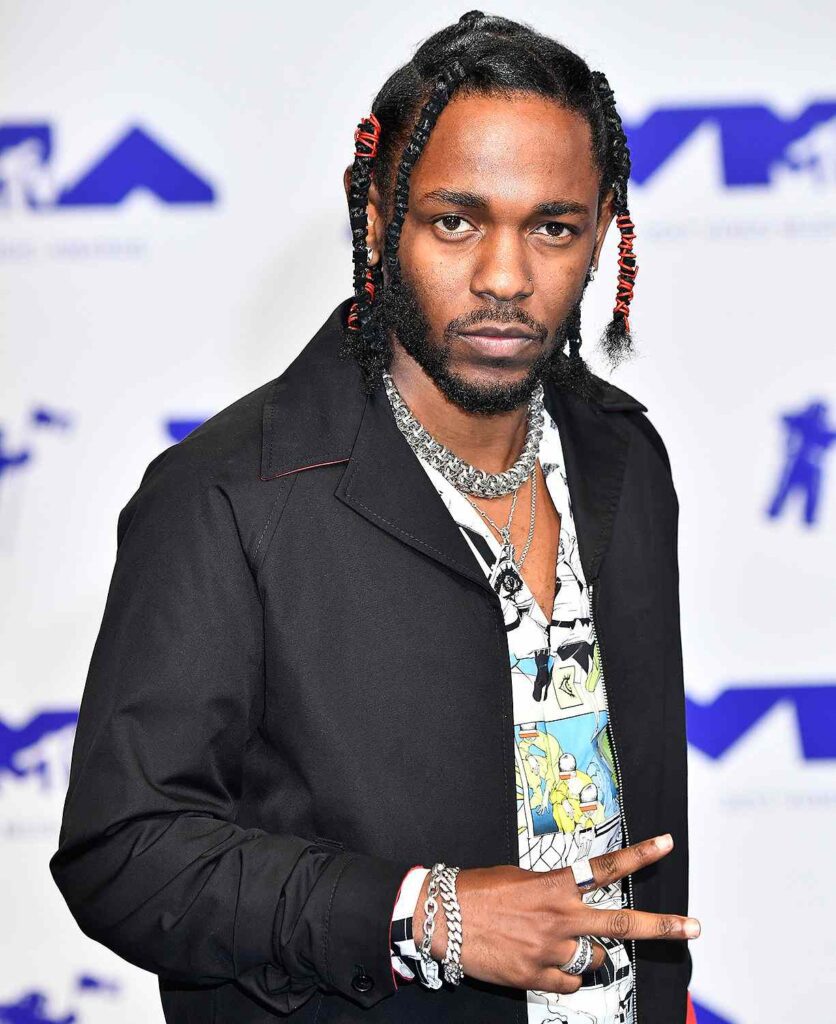
Kendrick Lamar has revolutionized hip-hop storytelling in a way few artists have before. His ability to combine intricate lyricism, deep personal reflection, and critical social commentary makes him one of the most influential figures in modern music.
His albums are not just collections of songs; they are powerful narratives that challenge listeners to think, reflect, and engage with the world around them. Whether he is speaking on racial injustice, mental health, spirituality, or personal growth, his music carries a weight that few can match.
With each album, Kendrick Lamar has pushed the boundaries of what hip-hop can achieve. His influence has already shaped a new generation of artists, and his legacy will continue to inspire long after he releases his final track. As fans and critics alike await his next move, one thing is certain—Kendrick Lamar’s storytelling has left an undeniable mark on hip-hop history.
Want to explore more fascinating insights about music? Check out and browse through our collection of exciting music-related blogs. From the science of melodies to tips on mastering your favorite instrument, we cover it all. Stay tuned for more engaging musical content!
For more information and exciting resources about learning music, visit our website at The Mystic Keys. For more music content and exciting offers follow us on
Facebook, Instagram, YouTube, LinkedIn, Twitter, Pinterest, Reddit, Threads, and Quora.
Related Blogs
Unveiling the Magic: A.R. Rahman’s Top 5 Musical Masterpieces
When it comes to musical geniuses who have left an indelible mark on the world, A.R. Rahman stands tall as a maestro extraordinaire. His compositions transcend borders, languages, and cultures, resonating with millions worldwide.
Happy Birthday Katy Perry | Celebrating a Musical Icon’s Legacy
Katy Perry is a household name, captivating audiences with her chart-topping hits and bold persona. As we celebrate her remarkable career, it’s important to reflect on her journey from humble beginnings to becoming a global pop sensation.
Lady Gaga | The Musical Alchemist
Lady Gaga, the musical alchemist, embodies a journey of resilience, artistic discovery, and profound cultural impact. Known for blending striking visuals with powerful music, she continually redefines pop and inspires millions worldwide.


